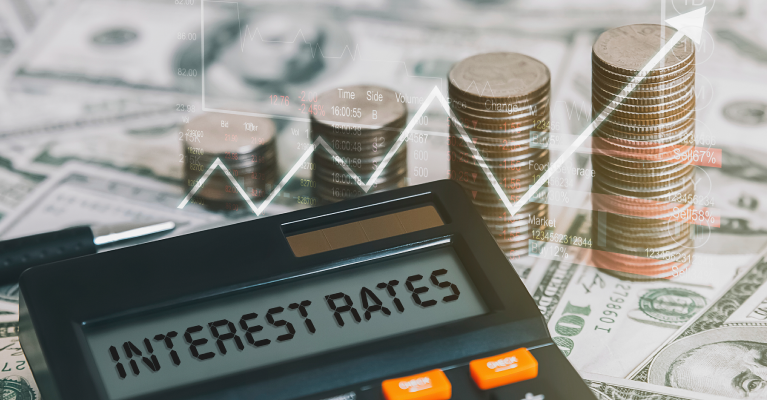By now, you’ve probably stashed away some extra non-perishable food, cleaning products and toilet paper as we ride out the COVID-19 pandemic. The past months have forced us to adjust how we obtain and use essential products and services as we take extra steps to protect the health of our families, friends and communities.
Many people have also had to look at managing their finances differently due to factors outside of their control. There are ways to more effectively manage money, opportunities to trim expenses, and resources to educate yourself about managing budgets when finances get tighter.
Here are some proactive steps you can take to manage and save your money now and in the future.
Reallocate Money You Are Not Spending Due to COVID-19
If you are working from home and not paying as much for goods and services like gasoline, dry cleaning and tolls, calculate how much you spend per week or month for those things and start putting those extra funds into your existing savings account.
Another great option is to invest extra money in your employer’s 401k program. These funds are invested pre-tax, so you aren’t seeing the full amount deducted from your paychecks. If you’ve been putting off starting a college savings fund, such as a 529 Plan, for your children consider using this time to start one. And if you have your own student loans, the CARES Act has provided relief for some borrowers until September 30, 2020. More information can be found at this website.
These incremental steps can help boost your savings now and, in the future, and when everyday life returns to normal, you will likely find that you’ve adjusted your spending habits enough to keep funding them!
Negotiate Savings with Other Services
Now is a great time to take stock of your subscriptions and other services to determine where you are getting value, and where you can cut back. Call your mobile phone and cable or streaming services providers and see where you can trim some monthly fees. Here are a few tips:
- Has your contract expired on a tablet and you’re still paying for monthly data on it? Cut the data plan for that device and use your in-home WiFi.
- If you use the same provider for cable and mobile service, see if you can save money by linking the accounts.
- Call your providers to see if you are getting the best deal for your level of data usage and channel watching. Many have revamped plans in recent months to give consumers more personalized options.
- Many fitness instructors are offering online versions of their classes for free or at discounted rates. Consider cutting your gym membership and try free apps or work out at home.
- Many auto insurance companies are reducing current rates since many people are driving less; check to see if your insurance company is one of them.
- Check with your electric and gas utility providers to review your monthly bills and determine if it makes sense to switch to an equal payment plan to help offset extra usage during this unprecedented time.
Brush Up on Your Financial Wellness
Presuming you are home much more than usual, use this time to review your own spending habits and look for areas to cut back now and when you return to a normal routine.
Do you typically buy lunch every day at work? You’ve likely had plenty of recent experience trying new, creative ways to make your own lunches, so start bringing them to work when it is time to return to the office.
There are also great online resources with tips for budgeting, saving and planning for future purchases that are free and can guide you through questions you may have about strengthening savings habits, buying a home, saving for a college fund or retirement, and more that are tailored to your financial status and needs. Check out fun tools to help your kids learn the importance of budgeting or having an emergency fund for times like these.

Helping you boost your financial intelligence.
Read our financial resources from your friends at WSFS.




